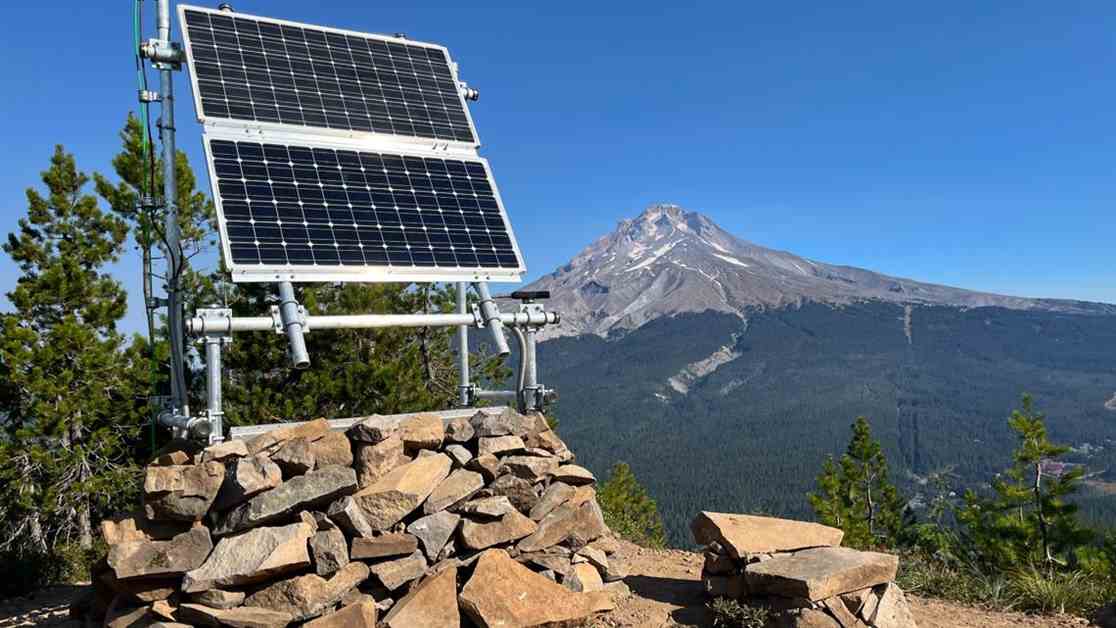ShakeAlert Earthquake Early-Warning System Receives Major Upgrade
PORTLAND, Oregon — The ShakeAlert earthquake early-warning system on the West Coast has recently undergone a significant upgrade. This system, designed to provide notifications of imminent earthquakes, now utilizes satellite data to enhance its ability to detect and issue warnings for the region’s most powerful tremors.
“While rare, earthquakes greater than magnitude 7 can have the greatest impact on human lives and infrastructure,” stated Robert de Groot from the USGS ShakeAlert Operations Team. “Future major offshore earthquakes in the Pacific Northwest underscore the importance of integrating satellite data into the ShakeAlert System.”
With a network of over 1,500 ground-based seismic sensors, the system can detect initial shaking signs and alert residents and government agencies before the ground begins to move in their location. The advanced warning time can vary from a few seconds to over a minute, providing individuals and organizations with crucial time to take necessary precautions.
Although the sensors are proficient in detecting small to medium-strength quakes, they may face challenges with larger quakes exceeding Magnitude 7.0. Diego Melgar, director of the Cascadia Region Earthquake Science Center, explained that during significant earthquakes, the land can move several feet towards the sea. While seismic sensors measure ground movement speed, GPS sensors and satellites are essential for determining the distance of movement accurately.
The Cascadia Subduction Zone, located off the West Coast, is anticipated to experience another major earthquake, following its last rupture in 1700. Despite the inevitability of such events, Melgar emphasizes that proactive measures can mitigate potential risks.
Residents can receive alerts through the Wireless Emergency Alert system on most cell phones, with additional third-party apps available for download. Melgar highlights that the ShakeAlert system showcases the positive impact of scientific research and technological advancements on communities, urging the utilization of such resources for societal benefit.













